Birth Time Rectification – An Innovative Approach by Krishnamurthy S, India
Article by Krishnamurthy S, India
“A child is born on that day and at that hour when the celestial rays are in mathematical harmony with one’s individual karma…”
– Swami Sri Yukteswar, Guru of Paramahansa Yogananda
This is an endeavour to find the mathematical harmony that Swami Yukteswar is talking about, in the above statement. It is widely understood that the individual karmas manifest through the influence of the planets on the native. And, in a horoscope, Lagna or Ascendant in a horoscope acts similar to the needle that is pointing to North in a compass. It is very likely that the Lagna in a horoscope also points exactly to a specific planet in the chart. If we are able to determine what it is pointing to, it would be possible to accurately align Lagna to that planet and in the process we could rectify the birth time recording errors and arrive at the actual time of birth. This is the philosophy behind the research undertaken. This author strongly believes that for a human birth to take place there has to be some well defined relationship between position of Lagna and that of one of the planets in the chart.
The search for an answer began with this assumption and the result is presented below.
After assuming that Lagna is aligned to one particular planet in the chart, a question arises as to what are the criteria to determine that particular planet. Obviously, this planet should standout on some important ground. In Astrology, we have many parameters and many different scales to compare the relative strengths of different planets. After some study, it has been observed that how well a planet is placed in a chart emerges as the determining criteria. When a planet is most comfortably placed as compared to other planets, that planet is regarded as the best placed planet. And, Lagna gets aligned to that planet.
As each sign is owned by a certain planet and the state of another planet placed there depends on how it relates to the owner of that sign. Hence, one should look at the nature of friendship between planets to determine whether a planet is placed well or not.
Determination of Compound Relationships between planets
One should go by the compound relationship between the planets. BPHS states that all planets placed in 2nd, 3rd, 4th, 10th, 11th and 12th houses from a planet are its temporary friends. If we think about the reasoning behind such a proposition, it is apparent that planets become temporary enemies when they are very close to each other (as their rays interfere with each others) or when they are far away from each other (as their rays oppose each others). It appears that this rule is purely based on simple Physics rather than anything else. Normally, astrologers look at the houses mentioned above and take all planets present in those relative positions as temporary friends. Keeping the spirit of the concept, this author humbly proposes a slightly different interpretation of what has been said in BPHS as against what is commonly followed. It is proposed that, if two planets have a longitudinal distance greater than 15 degrees and less than 105 degrees between them (irrespective of the signs they occupy), they should be considered as temporary friends. Here, there is no violation from the essence of what is said in BPHS. The definition for permanent friendships followed here is exactly same as what is given in BPHS. The compound relationship is the resultant of permanent and temporary relationships:
Permanent Temporary Compound
Friend Friend Close Friend (CF)
Friend Enemy Neutral (NU)
Neutral Friend Friend (FR)
Neutral Enemy Enemy (EN)
Enemy Friend Neutral (NU)
Enemy Enemy Bitter Enemy (BE)
Order Of Importance
From the above table, we can conclude that a planet placed in the sign of a Close Friend is better placed than a planet placed in the sign of any other compound relationship. However, there are even better placements for a planet than this. Following is a list of placements ordered from best to worst:
Exalted (EX) (Not the entire sign, within 15 degrees from the deepest point)
Vargottama (VG)
Moola Trikona (MT) (Not the entire sign, look for actual degrees)
Own (OW)
Close Friend (CF)
Friend (FR)
Neutral (NU)
Enemy (EN)
Bitter Enemy (BE)
Debilitated (DB) (Within 15 degrees of approaching deepest point, even if in another sign)
Treating for Planets in Parivartana/Srinkhala
There is one very important concept that affects the determination of how a planet is placed in a chart. It is very important to check if a planet is either in Parivartana or in Srinkhala and apply necessary adjustments. In the experience of this author, a planet which has undergone Parivartana/Srinkhala behaves as if it is placed in its own sign (the sign that has participated in the relevant Parivartana/Srinkhala). Except for considering combustion and effects of other conjunctions and aspects, for other purposes, such a planet should be treated as if it is in its own sign. As a result of Parivartana/Srinkhala a planet is entitled for two different placements, one in the house actually placed and the other the resultant own house. That planet should be assigned the better of the two placements. Hence, planet debilitated, but in Parivartana should be assigned a ‘GO’ (Goes to Own) placement while a planet exalted under Parivartana/Srinkhala should be assigned ‘EX’ placement.
Checking Some Important Conditions
1. Even when a planet is exalted or is Vargottama, it may not behave according to its placement because the planet could be in a Rasi Sandhi. Hence, planets placed in a Rasi Sandhi or Gandanta are considered to be weak irrespective of their placement status. Even the planets disposited by planets in Rasi Sandhi should be ignored irrespective of their status.
2. If a planet is debilitated (either in Rasi or in Navamsha) or closely conjunct a debilitated planet (within an orb of about 6 degrees) or even if it disposits a debilitated planet (either in Rasi or in Navamsha), then one should not take it into the reckoning (unless the debilitated planet is under Parivartana/Srinkhala). Only Exalted or Vargottama planets should be kept in the reckoning even if they are tainted by debilitated planets.
3. A planet exalted in Navamsha that has a lesser status in Rasi should be given a status EXN.
4. Those planets which are more than 50% combust should be ignored. One should not disqualify Mercury even when it is deeply combust. And, planets that are disposited by such combust planets should also be ignored.
5. Ketu by default should be left out as its placement depends on placement of Rahu. Hence, there are only eight planets in the race including Rahu. For Rahu, Taurus should be considered as the sign of exaltation and Scorpio should be considered as the sign of debilitation. Rahu owns Aquarius and Ketu Scorpio. This comes handy while checking Parivartana/Srinkhala.
6. No need to make any adjustments for a planet which is retrograde
Care should be taken to verify all such conditions that make a planet weak and ensure that the planet considered is well placed in all respects.
Determining The Best Placed Planet
After filtering the planets for all their negative qualities, look for the planets in the following categories (in that order of importance) rejecting the others and also rejecting those with other blemishes (as described in the above paragraph):
Vargottama (EX or MT)
Exaltation (EX)
Moola Trikona (MT)
Vargottama (VG) (not in BE, EN, or DB)
Exalted in Navamsha (EXN) (full sign)
Own (OW)
Goes to Own (GO)
Close Friend (CF)
Friend (FR)
One should first look for planets in the ‘VG (in EX or MT)’ category, if none found, then look for the next best category ‘EX’ etc., and reach the best placed planet.
If there are two or more planets in the same top category, the best of them should be determined by comparing their Shadbala. If none of the planets fall in the above categories, then most likely the planet with highest Shadbala might be the one to be looked into. And, when a planet’s Shadbala is relatively very high (say about 1.25 to 1.30 times higher) as compared to that of any other planet, most likely this planet is the one that should be considered. Such cases should be studied carefully as it is difficult draw a line exactly.
The above list is an indicative one. Though in most cases it holds good, there could be some minor changes depending on the actual horoscope.
Aligning Lagna with the Best Placed Planet
Here comes hitherto unknown bit. This might appear a bit strange to some. But, this has been proposed after testing numerous charts for the accuracy of birth time.
This step can not be easily done without using a software as this is an iterative process. This author has used JHora. It could be performed using any software that gives nakshatra-lord, sub-lord, sub-sub-lord…. table for all the planets like the one in JHora. In JHora, this is found by clicking the ‘KP’ tab at the right bottom on the default screen. One will see the information like below:
Body/Cusp * Nak-Lord * Sublord * Prati-sub * Sookshma-sub * Praana-sub * Deha-sub
As Ju Sa Ve Ma Ju Sa
Su Ju Mo Mo Ju Ra Ve
Mo Ma Ke Ve Mo Mo Ma
Ma Ju Mo Me Sa Sa Ke
Me Me Ra Mo Me Sa Ju
Ju Mo Ve Su Ra Ke Ju
Ve Mo Sa Ve Mo Su Me
Sa Ju Ve Ju Mo Ke Mo
Ra Ve Sa Me Ra Sa Ve
Assuming that Rahu is the best placed planet, one could focus only on the relevant information of this table as below:
Body/Cusp * Nak-Lord * Sublord * Prati-sub * Sookshma-sub * Praana-sub * Deha-sub
Lg Ju Sa Ve Ma Ju Sa
Ra Ve Sa Me Ra Sa Ve
Now, in an iterative process, adjust the birth time such that both ‘Lg’ and ‘Ra’ have identical lords from ‘Sub-lord’ onwards in the above table. Stop adjusting the birth time once the following configuration is reached:
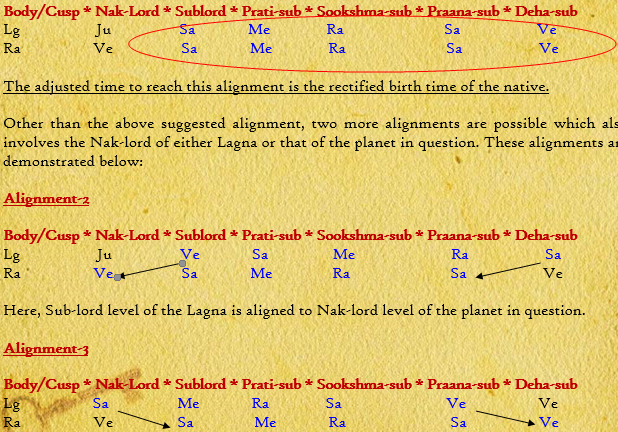
Here, Nak-lord level of the Lagna is aligned with Sub-lord level of the planet in question.
The time that gives an alignment that is closest to the given/recorded birth time should be considered as the rectified birth time.
Normally, in case of well documented births, such an alignment is seen within a couple of minutes from the recorded birth time. If not, following three situations are possible:
a. There is an error in identifying the best placed planet, or
b. The given birth time is grossly erroneous, or
c. Could be a rare case that fails this theory (needs a closer look)
The truth of this fact is demonstrated taking examples of some of the well recorded birth details of famous personalities. The given examples could be studied to understand the procedure better as well as a proof that Lagna always points to the best placed planet in the chart. That is the time when the celestial rays are in mathematical harmony resulting in a human birth.
Applicability & Advantages of this method
This method is applicable for the final fine-tuning of the birth time when birth time is available within a range of few minutes from the time of actual birth, or when a hospital record is available which invariably would have some variation due to recording errors.
The advantage of this method is that there is no need to cast a Prashna chart, or there is no need to know some important events in the life of the native, and there is no need to drill through many divisional charts and fine-tune them based on the events in the native’s life. This method uses the available birth details and looks for the mathematical harmony between Lagna and another entity in the chart.
This method is not too sensitive to small changes in Ayanamsha (like a difference of even around one degree), it still gives the same rectified time irrespective of the Ayanamsha used in a small range. For example, the method gives same rectified time when either Lahiri or Raman Ayanamsha is used. Here the difference is more than one degree between these two Ayanamshas. Hence, Astrologers can use any Ayanamsha of their choice.
More than 100 charts have been tested to see if such an alignment between the Lagna and the best placed planet exists around the given time of birth. There were only a few misses and the success rate is exceptional.
Examples
Those who would like to study this approach in detail are urged not to miss the last example of Jawaharlal Nehru. That example clearly demonstrates the power of this approach.
1. Client Eastwood
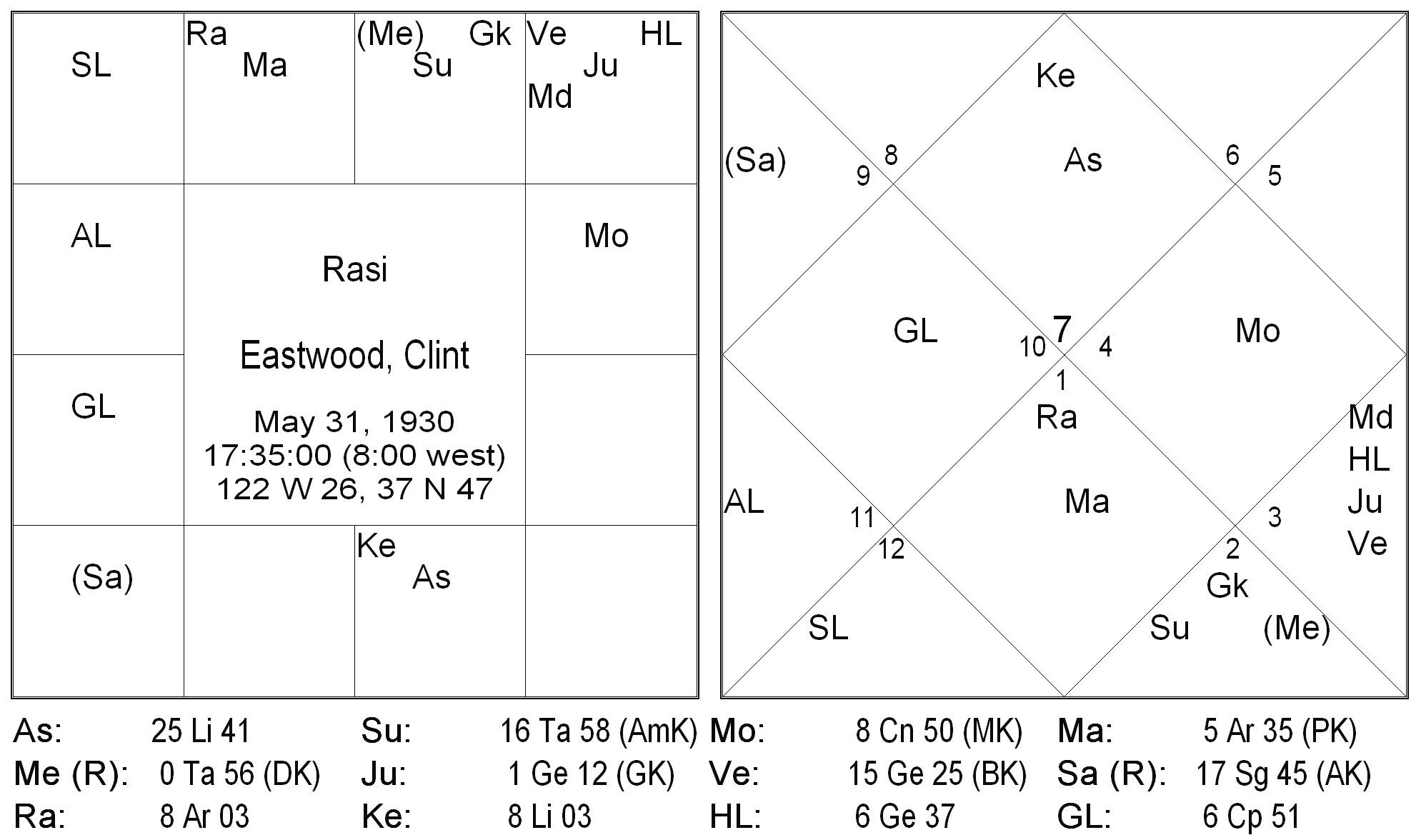

There is a tie between Moon and Mars. However, Mars has a higher Shadbala than Moon. Hence, Mars is the best placed planet in this chart.
The relationship between Lagna and Mars is as follows:

The birth time that gives the above alignment is 17:37:0.94 (as against the recorded time of 17:35 hrs.)
2. Pablo Picasso
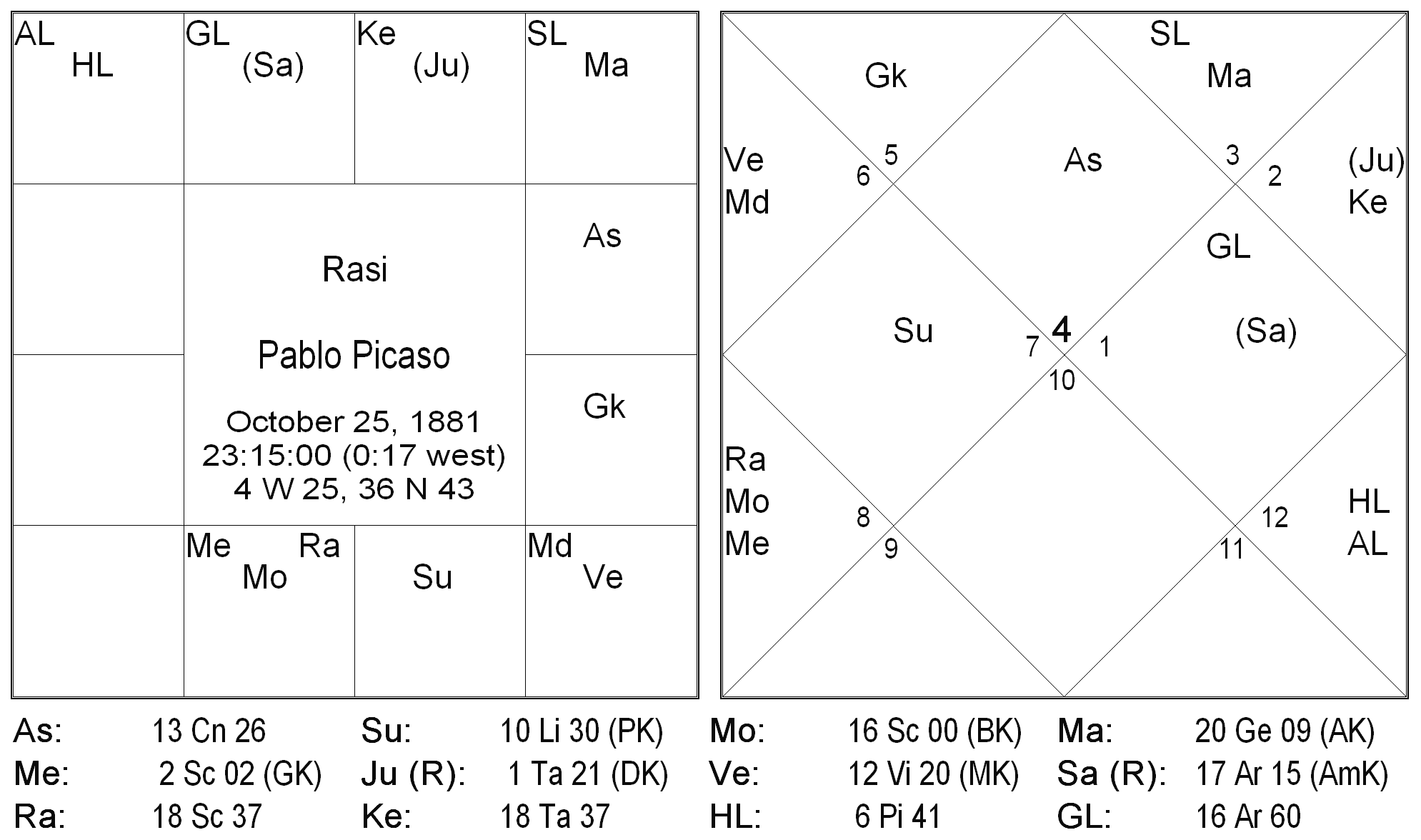
Birth Date: 10/25/1881 (Oct 25, 1881)
Birth Time: 23:15 (11:15 PM) LMT (+0:18)
Birth Place: Malaga, Spain
Latitude /Longitude: 36 N 43 / 04 W 25
Rodden Rating / Source: AA / Quoted BC/BR
Source Notes: B.C. in hand from Filipe Ferreira (“a las once y cuarto de la noche.”) Formerly, Filipe Ferreira quoted Josep Palau Fabre in his well documented, “Picasso Vivent,” Ediciones Poligrafa, Barcelona, 1982, “according to the testimony of his father in the birth certificate.” The same information is in the book of Picasso’s secretary, Jaime Sabartes, “Picasso: Documents Iconographiques,” p.113-114 and 302-303, Cailler, Genebra, 1954 (Formerly, times were given variously as 9:30 PM, 11:59 PM, 12:03 PM, 11:35 AM, 7:30 AM and 7:30 PM)
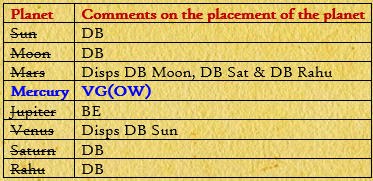
Mercury is under Parivartana/Srinkhala both in Rasi as well as in Navamsha, as a result behaves as a Vargottama planet in own sign. Mercury is the best placed planet in the chart.
The relationship between Lagna and Mercury is as follows:
Body/Cusp * Nak-Lord * Sublord * Prati-sub * Sookshma-sub * Praana-sub * Deha-sub
Lg Sa Ra Sa Sa Ra Mo
Me Ju Ra Sa Mo Ke Mo
The birth time is adjusted to have the alignment in the following manner:
Body/Cusp * Nak-Lord * Sublord * Prati-sub * Sookshma-sub * Praana-sub * Deha-sub
Lg Ra Ra Sa Mo Ke Ra
Me Ju Ra Sa Mo Ke Ra
The birth time that gives the above alignment is 23:15:47.2 (as against the recorded time of 23:15 hrs.)
3. Queen Elizabeth II
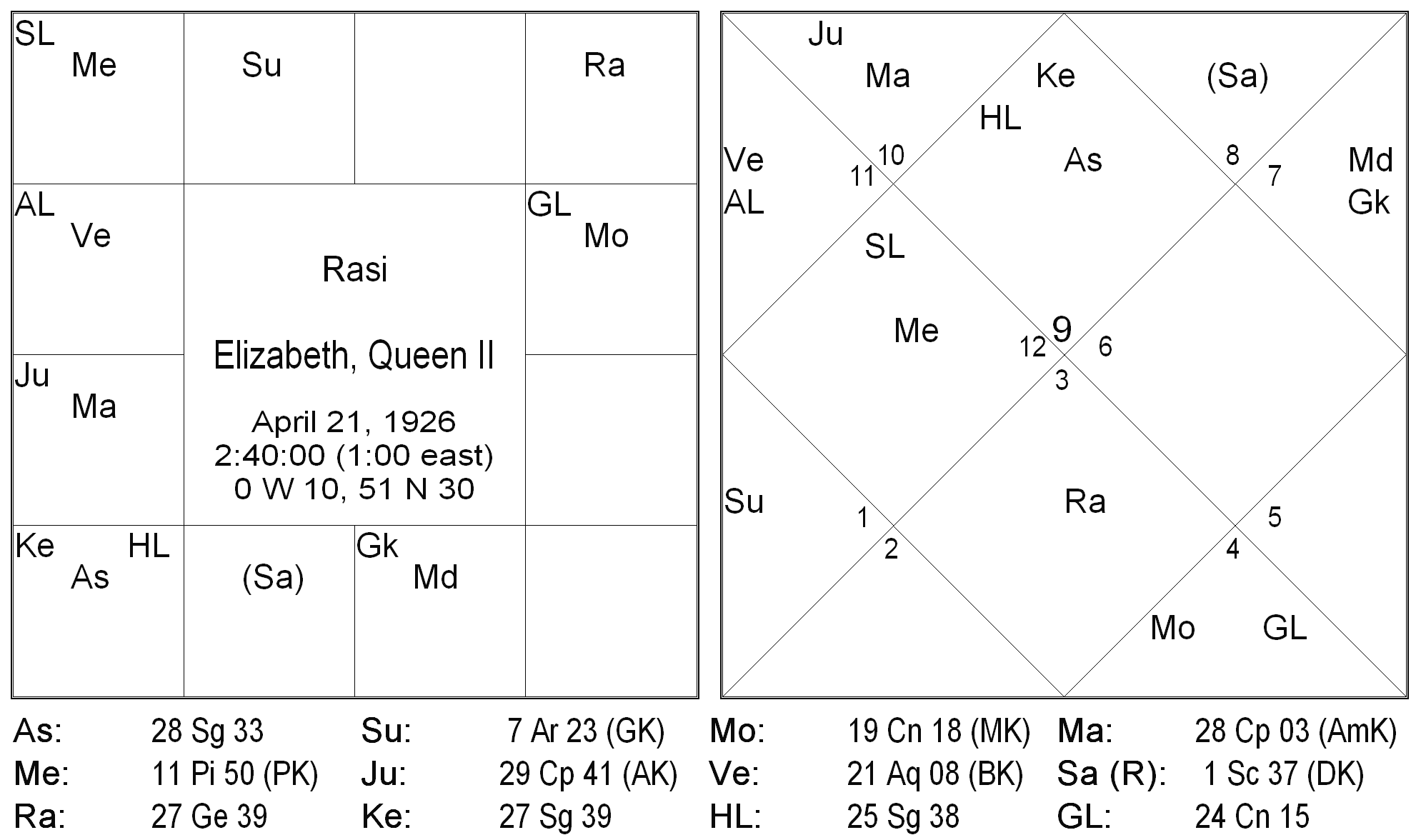
Birth Date: 04/21/1926 (Apr 21, 1926)
Birth Time: 2:40 (02:40 AM) GDT (+0:00)
Birth Place: London, England
Latitude / Longitude: 51 N 30 / 0 W 10
Rodden Rating / Source: AA / Quoted BC/BR
Source Notes: Fagan quotes official announcement AA 3/l976
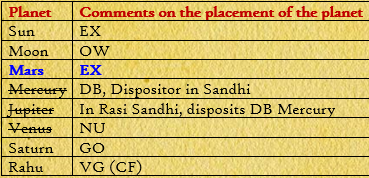
Here, there is a tie between Sun and Mars. However, Mars has higher Shadbala than Sun. Hence, Mars is the winner and is the best placed planet in the chart.
The relationship between Lagna and Mars is as follows:
Body/Cusp * Nak-Lord * Sublord * Prati-sub * Sookshma-sub * Praana-sub * Deha-sub
Lg Su Ma Ra Ve Ve Ra
Ma Ma Sa Sa Ve Ke Me
The birth time is adjusted to have the alignment in the following manner:

The birth time that gives the above alignment is 02:40:29.5 (as against the recorded time of 02:40 hrs.)
4. Albert Einstein
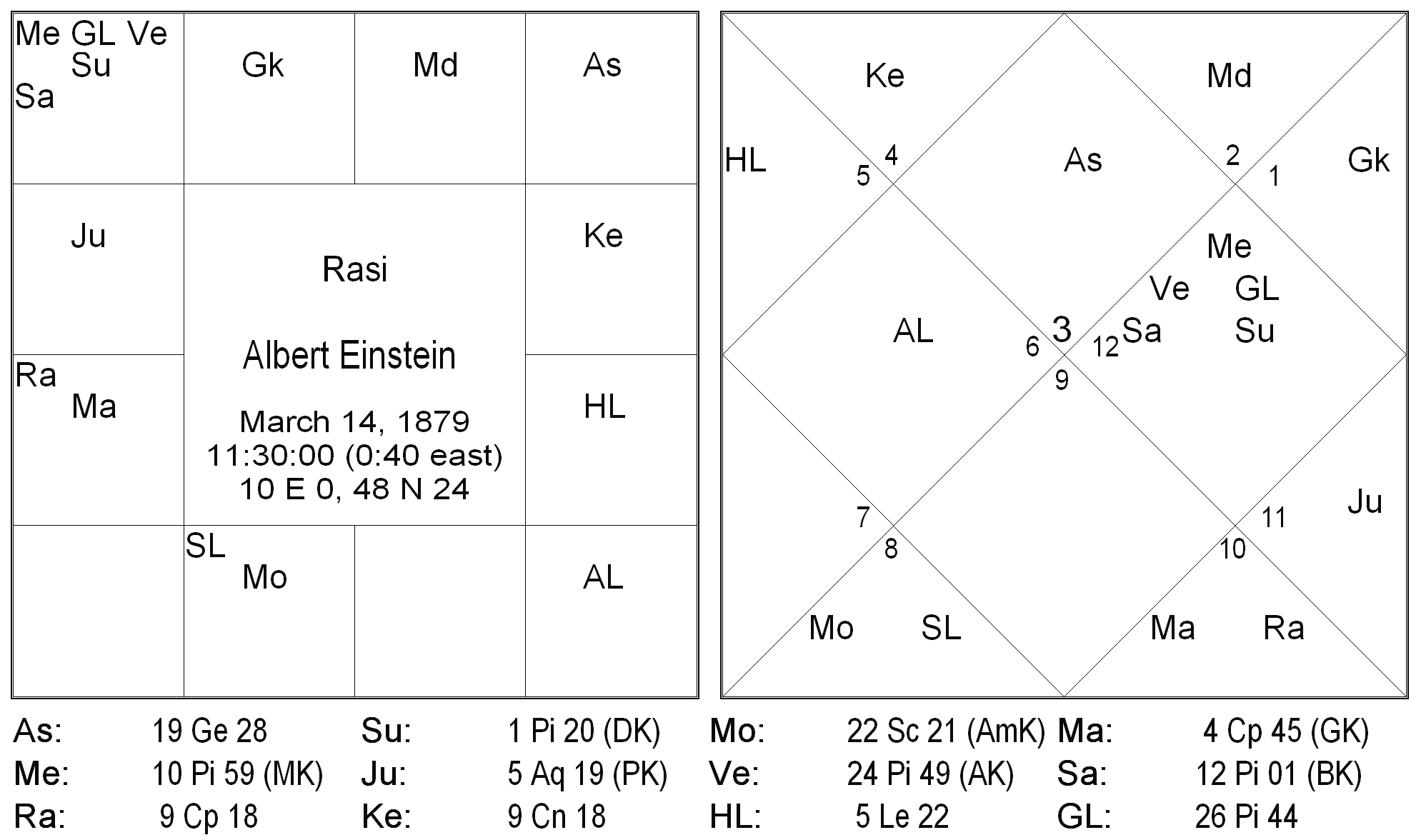
Birth Date: 03/14/1879 (March 14, 1879)
Birth Time: 11:30 (11:30 AM) LMT (-0:40)
Birth Place: Ulm, Germany
Latitude / Longitude: 48 N 24 / 10 E 00
Rodden Rating / Source: AA / Quoted BC/BR
Source Notes: Ebertin quotes B.R.
Planet Comments on the placement of the planet
Sun CF
Moon GO
Mars FR (far away from deep exaltation point)
Mercury DB
Jupiter Disps DB Mercury
Venus EX
Saturn VG(MT)
Rahu CF
Saturn has undergone Parivartana both in Rasi and Navamsha and as a result behaves as a Vargottama. It overcomes the blemish due to close conjunction of debilitated Mercury because of that.
The relationship between Lagna and Saturn is as follows:
Body/Cusp * Nak-Lord * Sublord * Prati-sub * Sookshma-sub * Praana-sub * Deha-sub
Lg Ra Ma Ju Ra Sa Sa
Sa Sa Mo Ve Me Ju Ju
The birth time is adjusted to have the alignment in the following manner:
Body/Cusp * Nak-Lord * Sublord * Prati-sub * Sookshma-sub * Praana-sub * Deha-sub
Lg Ra Mo Ve Me Ju Ju
Sa Sa Mo Ve Me Ju Ju
The birth time that gives the above alignment is 11:28:24.7 (as against the recorded time of 11:30 hrs.)
Here are some famous Indian personalities for whom the birth details available are believed to be accurate.
5. Swami Vivekananada
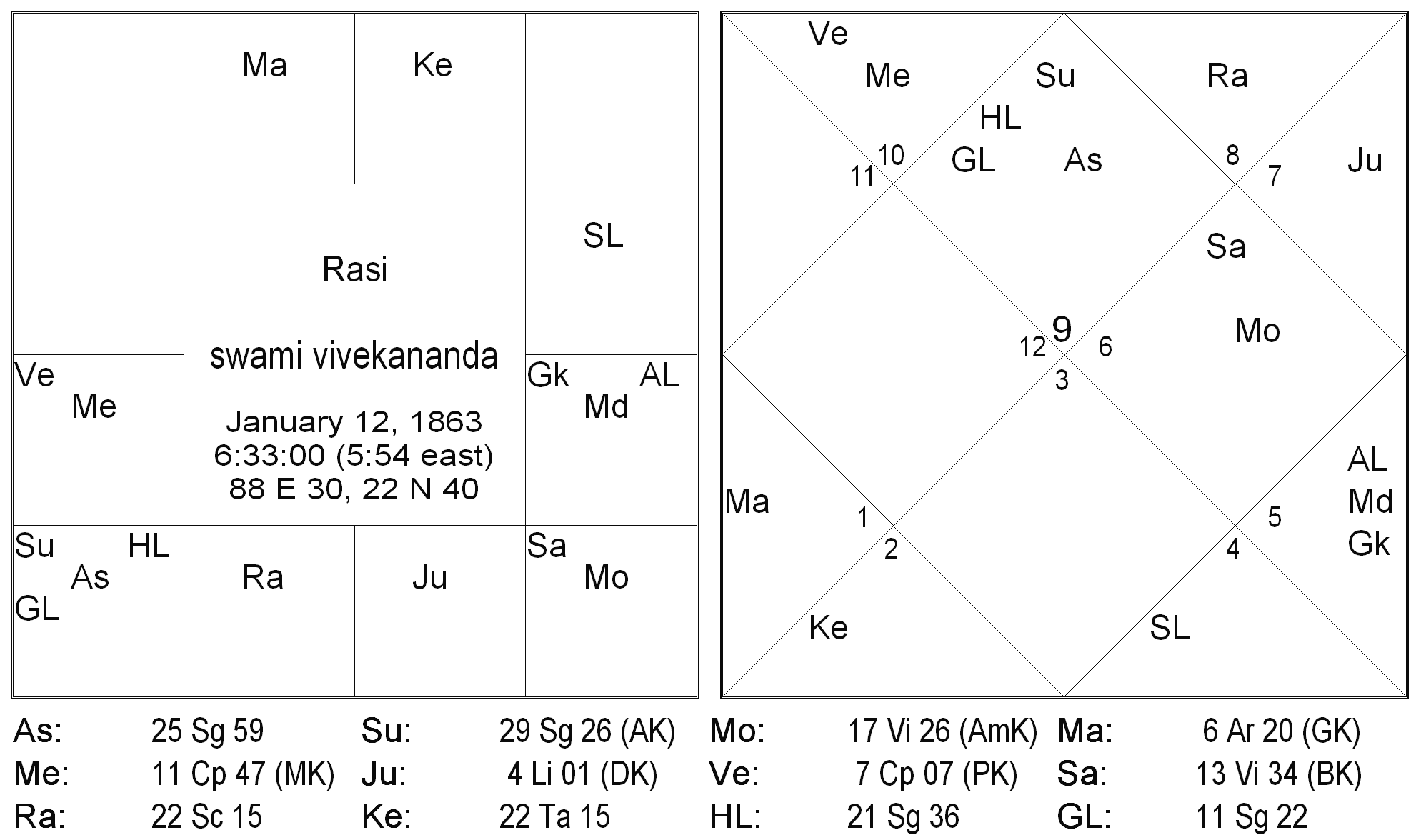
Planet Comments on the placement of the planet
Sun In Rasi Sandhi
Moon NU
Mars Disps DB Rahu
Mercury GO
Jupiter NU
Venus EXN
Saturn GO
Rahu DB
Between Mercury, Venus and Saturn, Venus is a clear pick.
The relationship between Lagna and Venus before rectification is as follows:
Body/Cusp * Nak-Lord * Sublord * Prati-sub * Sookshma-sub * Praana-sub * Deha-sub
Lg Ve Ke Ve Ju Ju Ju
Ve Su Ke Ve Sa Sa Sa
The birth time is adjusted to have the alignment in the following manner:
Body/Cusp * Nak-Lord * Sublord * Prati-sub * Sookshma-sub * Praana-sub * Deha-sub
Lg Ve Ke Ve Sa Sa Sa
Ve Su Ke Ve Sa Sa Sa
Aligning Lagna with Venus, the rectified birth time will be 6:33:04.2 as against the recorded birth time of 6:33:00 (from Sri Sanjay Rath’s book)
6. Sri Satya Sai Baba
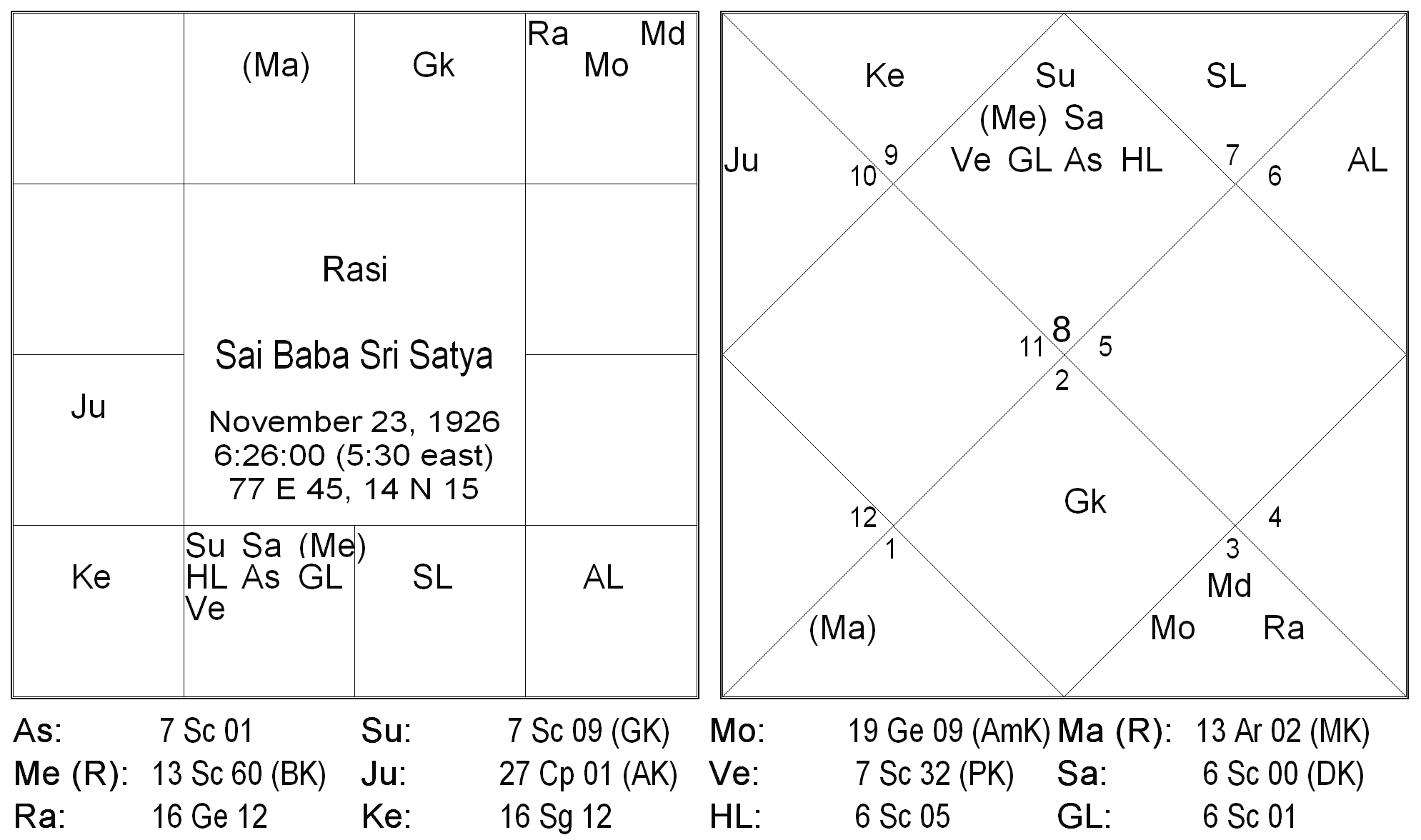
Planet Comments on the placement of the planet
Sun NU
Moon NU
Mars OW
Mercury NU
Jupiter Dispositor combust
Venus Combust
Saturn Combust
Rahu NU
Though Mars is placed in the debilitation sign in Navamsha, it has undergone Srinkhala with Moon, Jupiter and Mercury. Hence, it has no blemish of being debilitated in Navamsha. It is the only planet that qualifies.
The relationship between Lagna and Mars before rectification is as follows:
Body/Cusp * Nak-Lord * Sublord * Prati-sub * Sookshma-sub * Praana-sub * Deha-sub
Lg Sa Me Ju Ra Ve Ju
Ma Ke Me Sa Sa Ke Me
The birth time is adjusted to have the alignment in the following manner:
Body/Cusp * Nak-Lord * Sublord * Prati-sub * Sookshma-sub * Praana-sub * Deha-sub
Lg Sa Me Sa Sa Ke Me
Ma Ke Me Sa Sa Ke Me
Aligning Lagna with Mars, the rectified birth time is 6:26:07.1 as against the recorded birth time of 6:26
7. Indira Gandhi
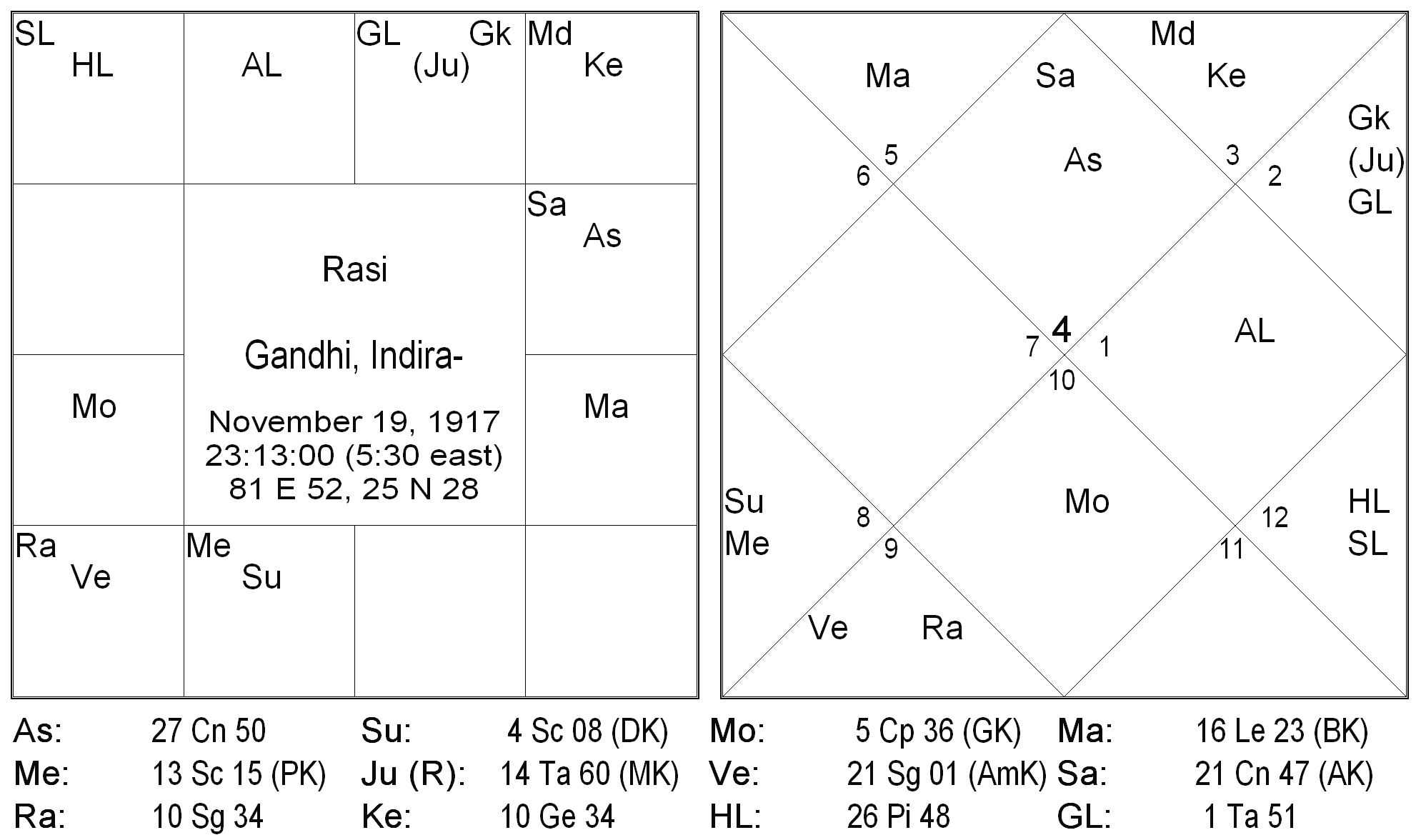
Planet Comments on the placement of the planet
Sun VG(MT)
Moon GO
Mars GO
Mercury FR
Jupiter GO
Venus GO
Saturn GO
Rahu BE
This is a strong chart with three pairs of Parivartanas. All planets except Rahu qualify. Sun undergoes Parivartana with Mars in Rasi and is in its own sign in Navamsha. Sun is a clear pick.
The relationship between Lagna and Sun before rectification is as follows:
Body/Cusp * Nak-Lord * Sublord * Prati-sub * Sookshma-sub * Praana-sub * Deha-sub
Lg Me Ju Ra Su Ve Ra
Su Sa Sa Ve Ve Ke Ju
The birth time is adjusted to have the alignment in the following manner:

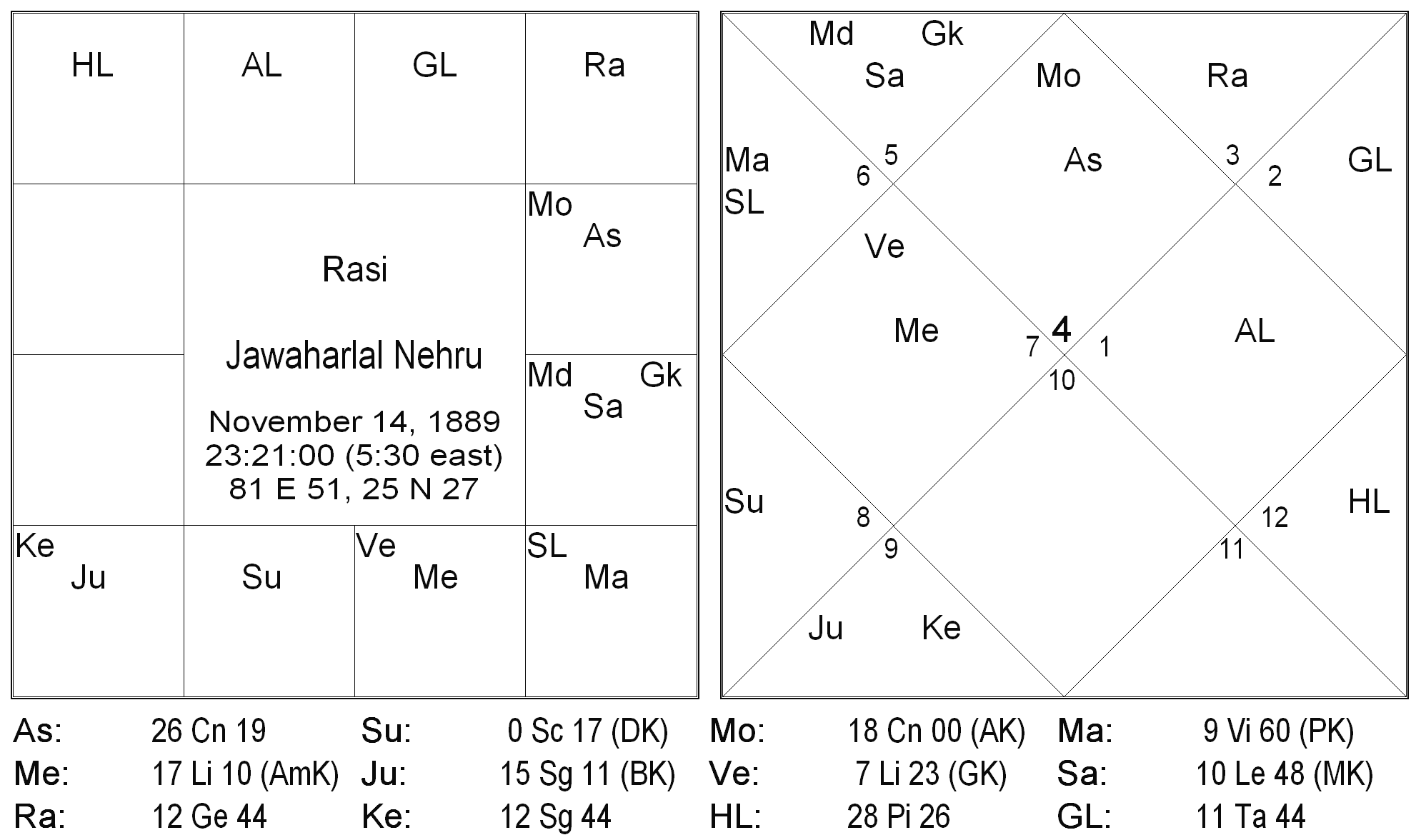
Sun In Rasi Sandhi
Moon VG(OW)
Mars NU
Mercury NU
Jupiter VG(OW)
Venus OW
Saturn Dispositor is in Rasi Sandhi
Rahu NU
The relationship between Lagna and Moon before rectification is as follows:
Body/Cusp * Nak-Lord * Sublord * Prati-sub * Sookshma-sub * Praana-sub * Deha-sub
Lg Me Ju Me Ju Me Ve
Mo Me Me Ju Ju Ra Ke
Looking at the above combination, one can see that out of the three possible alignments, only one is likely if the given time-frame is +/- 30 minutes from the assumed time, which is aligning Nakshatra lord of Lagna with Sub-lord of Moon. For any other alignment to take place, the rectified time undergoes a drastic change.
The birth time is adjusted to have the alignment in the following manner:

Aligning Lagna with Moon, we have the rectified birth time as 23:18:00 hrs (LMT). This is equivalent to 23:20:00 hrs (IST). This is very close to the time used by Sri Sanjay Rath (23:21 IST). It appears that his source is the authentic in this particular case.
It is clear from this example that in case of small errors in recorded birth time, this approach shows the way to narrow down to the likely correct birth time.
Conclusion
The above examples demonstrate that there is a clear affinity between Lagna and the best placed planet in the chart. Hence, it is appropriate to conclude that the correct birth time is when lagna is perfectly aligned to the best placed planet in the chart. The examples given are only a small set from a big number of charts tested.
Extending the scope of this study
It is always challenging to apply any Jyotish principle to a twin’s chart and verify it. As the news of octuplets birth was breaking, it was indeed interesting to see how to apply this theory for such births. The birth details are as follows:
January 26, 2009 between 10:43 and 10:48 hrs. at Bellflower, California, USA.
It was highly exciting to see that 8 alignments (one with each of the 8 planets) were available in a span of just 5 minutes, roughly between 10:39 and 10:44! It is really very very rare to get so many alignments in such a short span of time. Though this has not been tested over a large number of twins’ charts, this author believes that the principle given above could be successfully applied to twins (multiple births) charts as well.
About the Author: The Author is about 49 years old and holds a Post Graduate degree in Civil Engineering from Indian Institute of Science (IISc., Bangalore). He was the University topper and Gold Medallist at the Graduate level. He worked as a Software Engineer for over 22 years in both Indian as well as large MNC companies. He did on-site software development work at Switzerland for a few years. He took voluntary retirement in December 2004. Since then, he is pursuing the study of Astrology which is one of his interests. The author is particularly interested in Medical Astrology and has already published articles giving special combinations for Diabetes (both Type-I and Type-II) and severe Dandruff problems that could be identified from natal charts. His other interest being Poetry; has published a poetry collection (in local language Kannada) in 2006.

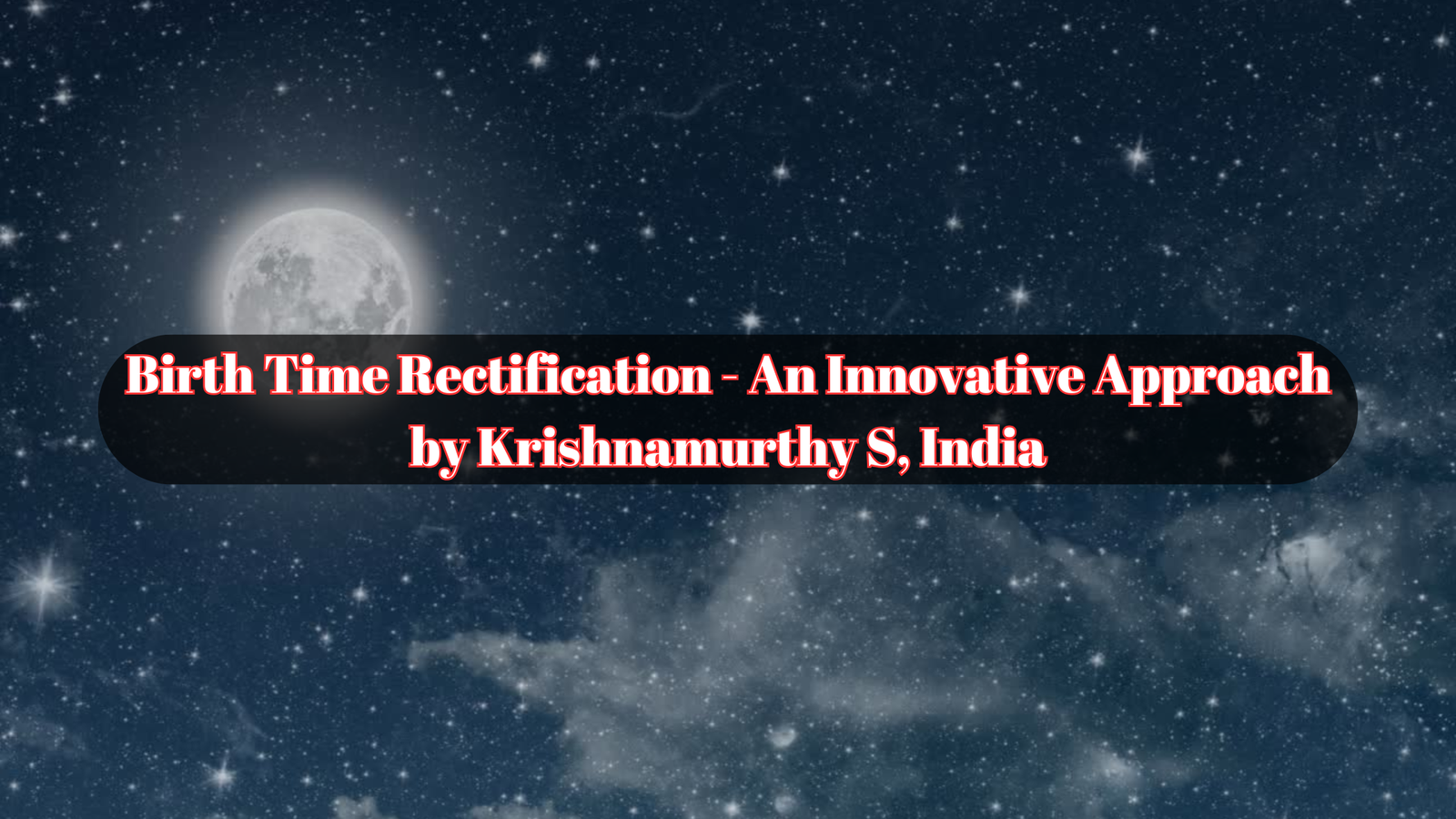
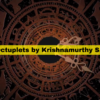
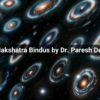
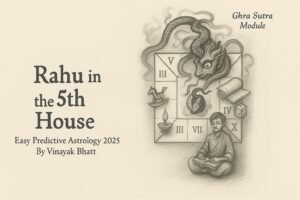
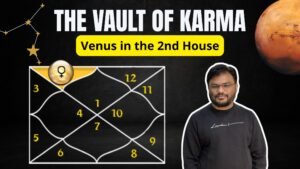
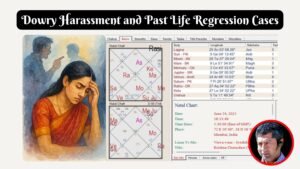
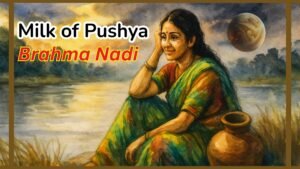

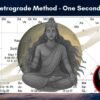
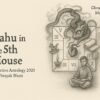

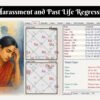
Leave a reply
You must be logged in to post a comment.